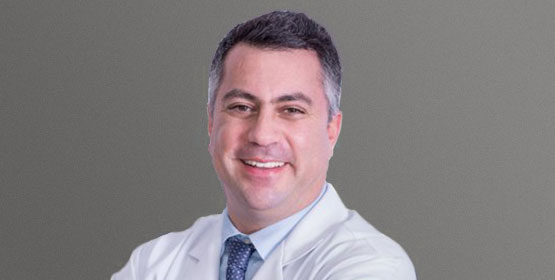
Phillip Scheinberg, MD, PhD, Chief of Hematology at the Hospital A Beneficência Portuguesa de São Paulo in Brazil, talks about how his father influenced his decision to get into medicine and how he has taken his knowledge from his training and work in the United States and used that to build an advanced hematology program in Brazil.
When did you develop an interest in medicine? My father had an influence on that decision. He was a physician, and he greatly influenced my life. Unfortunately, he passed away last year, but his influence remains strong. It was mainly watching him and wanting to do something like he did—its impact on other people’s lives and the gratification for him and the patients. I couldn’t see myself doing anything else other than medicine.
How did you choose hematologic oncology as a specialty and myelodysplastic syndromes (MDS) more specifically? My father was a rheumatologist. It wasn’t until the end of my residency in the United States that I was sure whether I was going to go to rheumatology. In 1999 and 2000, when we had to decide to apply for a fellowship, there was not much going on in rheumatology. That changed after new drugs became available and the specialty exploded many years later.
One thing in rheumatology really fascinated me, which is immunology. I even considered becoming an immunologist. I started looking at specialties that were very clinical and had a strong focus on immunology, and hematology was one of them. That led me to hematology/oncology, with more of a focus on hematology.
I went to the United States in 1997 to study and came back to Brazil in 2012. I did my internship and residency at Mount Sinai Medical Center in Miami, Florida, and I was Chief Resident at Mount Sinai during my fourth year in training. Then I went to the National Institutes of Health (NIH) and spent 11 years there. I did a double program in hematology/oncology at the NIH; National Cancer Institute; and National Heart, Lung, and Blood Institute (NHLBI). When I was a first-year fellow at NHLBI, I showed a lot of interest, in general, but more specifically in marrow failure syndromes and bone marrow transplantation.
I developed all my research skills at the NIH and really thrived. I was very fortunate to run into brilliant people who cared about me.
Who were some of your mentors? Mentoring started with my dad, who really guided me when I had a lot of questions along the way. He gave me assistance and guidance along with the local mentors I developed over the years in the United States.
Gloria Weinberg, MD, was really important. She was the program director for the residency program, and she cared about me. She helped me through my decisions during my fellowship. Then at the NIH, there were three other mentors, all world-renowned investigators: Neal Young, MD, is still my mentor. He’s the world-renowned leader in marrow failure syndromes. He’s the one I ended up spending most of the time with. John Barrett, MD, is another, who was head of the bone marrow transplant program. Lastly, Daniel Douek, MD, PhD, who I encountered when I did my laboratory research work at the Vaccine Research Center at the National Institute of Allergy and Infectious Diseases. They cared about me, and I was anxious to split my time between all three. They wanted me to do well and created the opportunities for me to thrive, for which I am eternally grateful.
In the United States, if you’re motivated, interested, and committed, and there are people in a position to help you, there’s no limit. Fortunately, that’s what happened to me.
You trained and worked in both Brazil and the United States. Can you talk about your experiences in both countries? They are two metaverses. It’s literally parallel universes. Everything is different. I grew up in Brazil, so I did my medical school there and knew the Brazilian system. It’s not only the knowledge and information but also how physicians relate to each other and how they relate to patients that is very different.
There’s a Latin warmth that goes into the office in Brazil. In the United States, things are more distant. Physicians and patients are not as close. You could have a great physician in the United States, and they would fail in Brazil because patients want to know you in Brazil. They want to have a connection with you. In the United States, that’s not as critical. Patients go to physicians because they’re knowledgeable and want to know what to do next and get an opinion.
When I came back to Brazil, I was very distant because I had trained for 15 years in the United States. In Brazil, patients were inviting me to their houses. Although I am far closer now, I still keep a little bit of a distance. I still haven’t completely adapted.
What knowledge have you been able to take from your training in the United States and bring to Brazil? I have used the American system in Brazil. I think that’s the best way of doing things. I have been able to break some of the taboos—some treatments people didn’t think were helpful and incorporate that here. I think I have given a lot of talks—over 500 so far. I have been able to talk about my areas of expertise and my United States experience regarding treatments and therapies and the academic structure in the United States. The United States system amazingly puts it together with patient care, education, and research, which is unbeatable.
In Brazil, it’s interesting because you can see a paper published in a journal, or you can see somebody giving a talk, but unless they have one of their own saying it and doing it, they’re surprisingly hesitant to adopt something new. As a teenager, I grew up in Brazil, and I speak Portuguese, so I’m seen as one of their own here. When I say something, for example, it tends to carry a lot of weight. I am not sure that is the best way, but that is how it works here, mainly.
Can you discuss the growth of your center in Brazil? I was invited to head the hematology program of a new cancer center in Brazil developed in 2011. I was asked to lead the hematology and bone marrow transplant division, which was very embryonic and almost nonexistent. I basically created the United States system within these walls. I adopted the United States system in how the multidisciplinary team works, how we train and recruit people, the use of meritocracy, how we run our program, how people relate to each other, the seriousness, the meetings, and the conferences—everything. When I started, the program had three hematologists; now, we have close to 25, including myself.
We restructured our entire bone marrow transplant program, which started in 2014 to 2015. We didn’t have a transplant unit. I had to start from scratch, and in the process, people came in and helped build the program with me, but always with that United States mentality.
We started in 2016 with one unit with seven beds for our bone marrow transplant. Then in 2019, we expanded to another unit with another 10 beds. From 2016 to 2022, we were the largest transplant center in the country in the private sector and third overall last year. We’ve done 700 transplants over these last five to six years. This past year, we had the third expansion of a hematology unit that gives support to our transplant units.
I’m empowering everybody I can because this is how it works in the United States. I’ve specifically enacted protocols and trained people within the process. I have been guiding and mentoring many people who decide to stay at our hospital.
Last year, I was made one of the formal mentors for the University of São Paulo, the largest university in Brazil. I teach students, fellows, and young physicians to write papers, be physicians, and use data science.
My family is here. My wife’s family is here. My father passed away last year, but I was able to spend 10 excellent years close to him once I came back. The family was a significant factor in coming back to Brazil. I’m glad I did.
In Brazil, you have to work your way through the system, but it takes you a very long way once you do that and people trust (and like) you.
Where do you see hematologic oncology headed, and what are some exciting happenings that you’re keeping an eye on in MDS? Manipulating the immune system in a way that is advantageous to the patient has been done in oncology more recently and in hematology for decades with bone marrow transplantation. It’s starting to be done in hematology/oncology, but I think that will explode in the next few years. Now we know what the targets are—which ones are important. It’s not one-size-fits-all, so we have to do the trials. When I was at the NIH, I saw many people spending their careers working on manipulating the immune system with limited positive results. But I think the basic research has now reached a point where we can try different things in the immune system, which will enhance the anti-tumor effect of the immune system.
The immune system tends to give more long-lasting results without the need for continuous therapy. There’s chimeric antigen receptor T-cell therapy, antibody drug conjugates, and bispecifics in lymphoid malignancies and multiple myeloma; in MDS, new checkpoint inhibitors have yielded surprising preliminary data. The classical checkpoint inhibitors (anti-PD-1, anti-CTLA-4) haven’t been that successful in myeloid malignancies, but the alternative ones have been mind-boggling (anti-TIM-3, anti-CD47) in MDS to treat high-risk diseases. In some diseases like MDS, we tend not to use chemotherapy, and that trend is likely to continue.
The anti-apoptotic agents have a considerable impact on myeloid malignancies, especially acute myeloid leukemia and now in MDS. Given my immunology interest, what excites me most is to see the immune system really beat the havoc out of these cells. We’re very close to being there, which will be associated with the targeted therapy, immune modulation, and an anti-apoptotic strategy like venetoclax.
What are your interests outside of work? I like to teach, give talks, spend time with family, and travel. I think my family has been to all six continents, and my youngest son reached this feat before the age of 10. The only continent left is Antarctica, which we were going to, but the pandemic put a break on that. But we are still working on this trip.
What is the one thing most people would be shocked to learn about you? I just don’t take myself too seriously. I think that has helped me over the years. I’m a very serious person, but I take a lot of things lightly, which includes myself. I’m very comfortable where I am and with my achievements. I don’t compare myself. I am competitive, but I just don’t take myself that seriously.
Phillip Scheinberg, MD, PhD, is Chief of Hematology at the Hospital A Beneficência Portuguesa de São Paulo in Brazil.

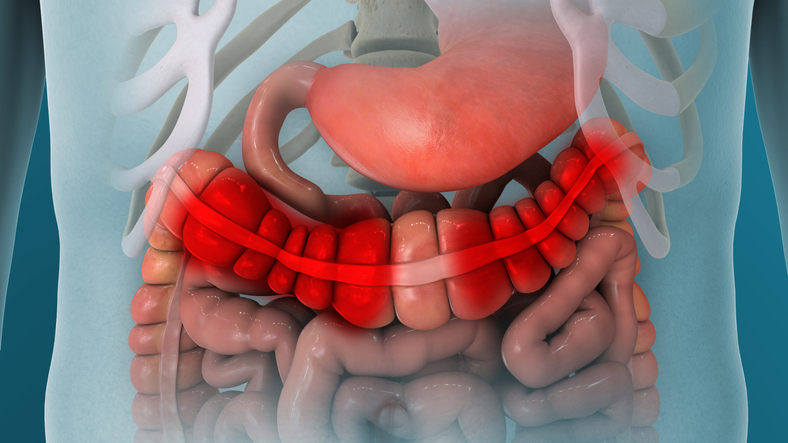

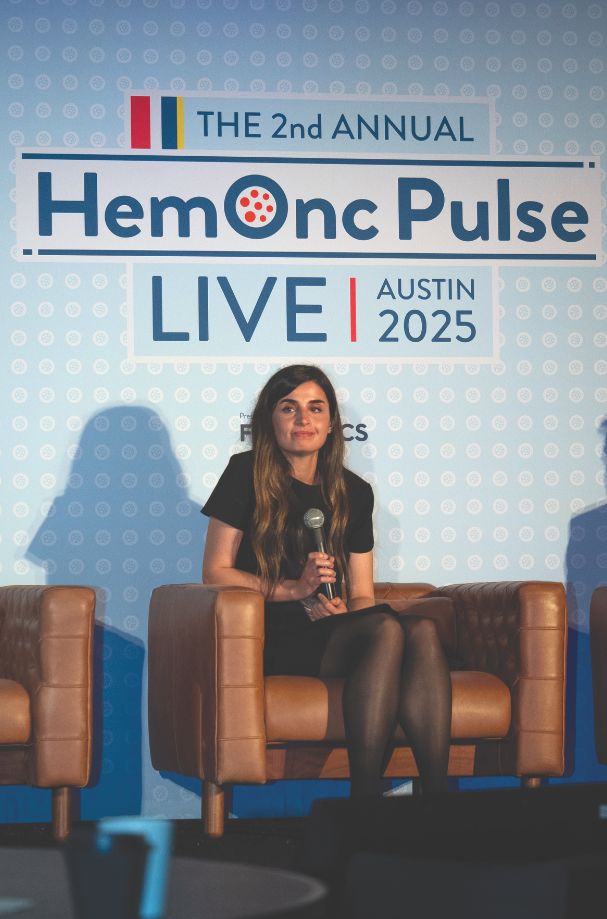
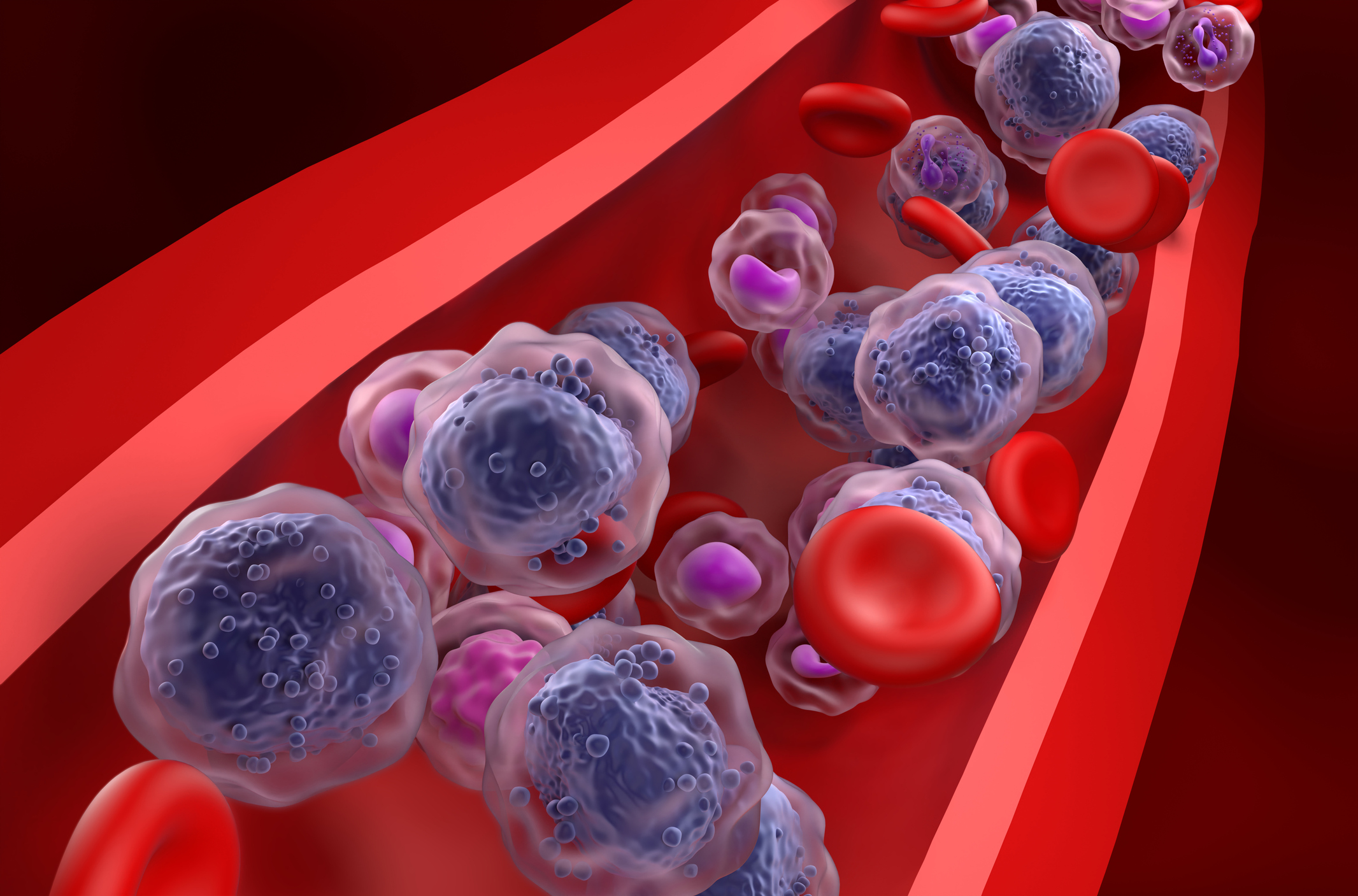
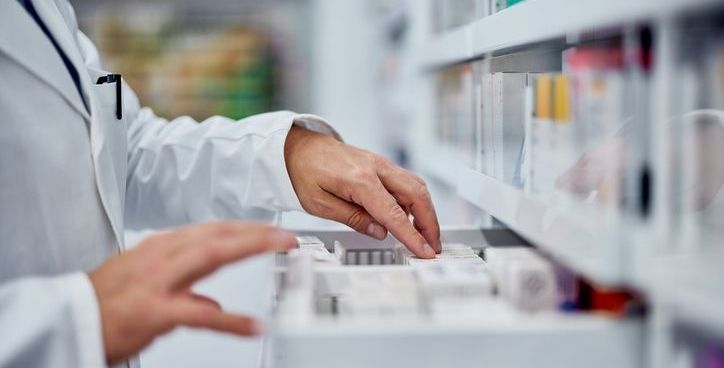
 © 2025 Mashup Media, LLC, a Formedics Property. All Rights Reserved.
© 2025 Mashup Media, LLC, a Formedics Property. All Rights Reserved.